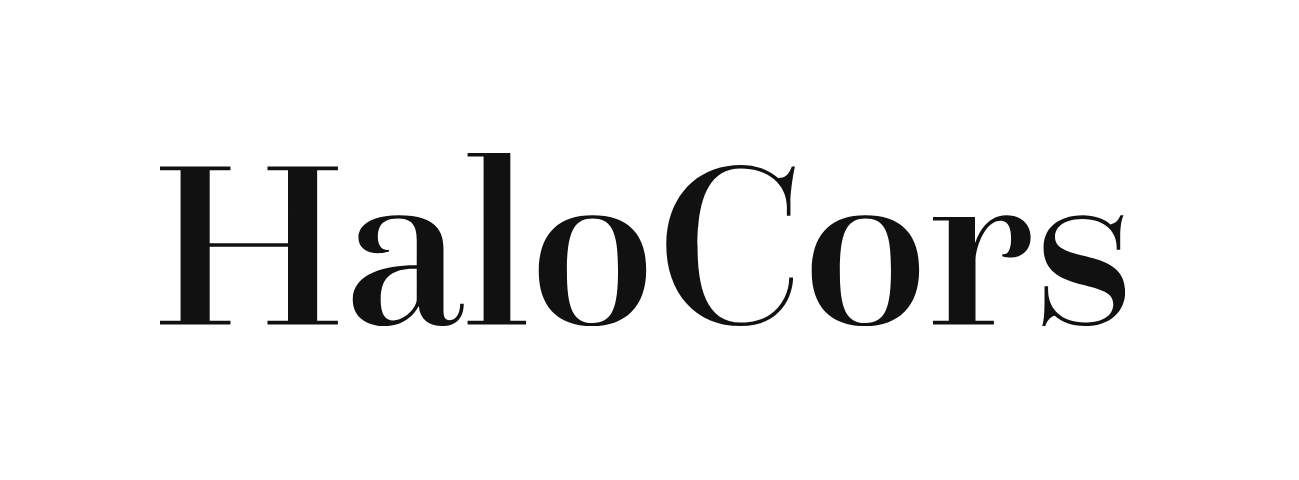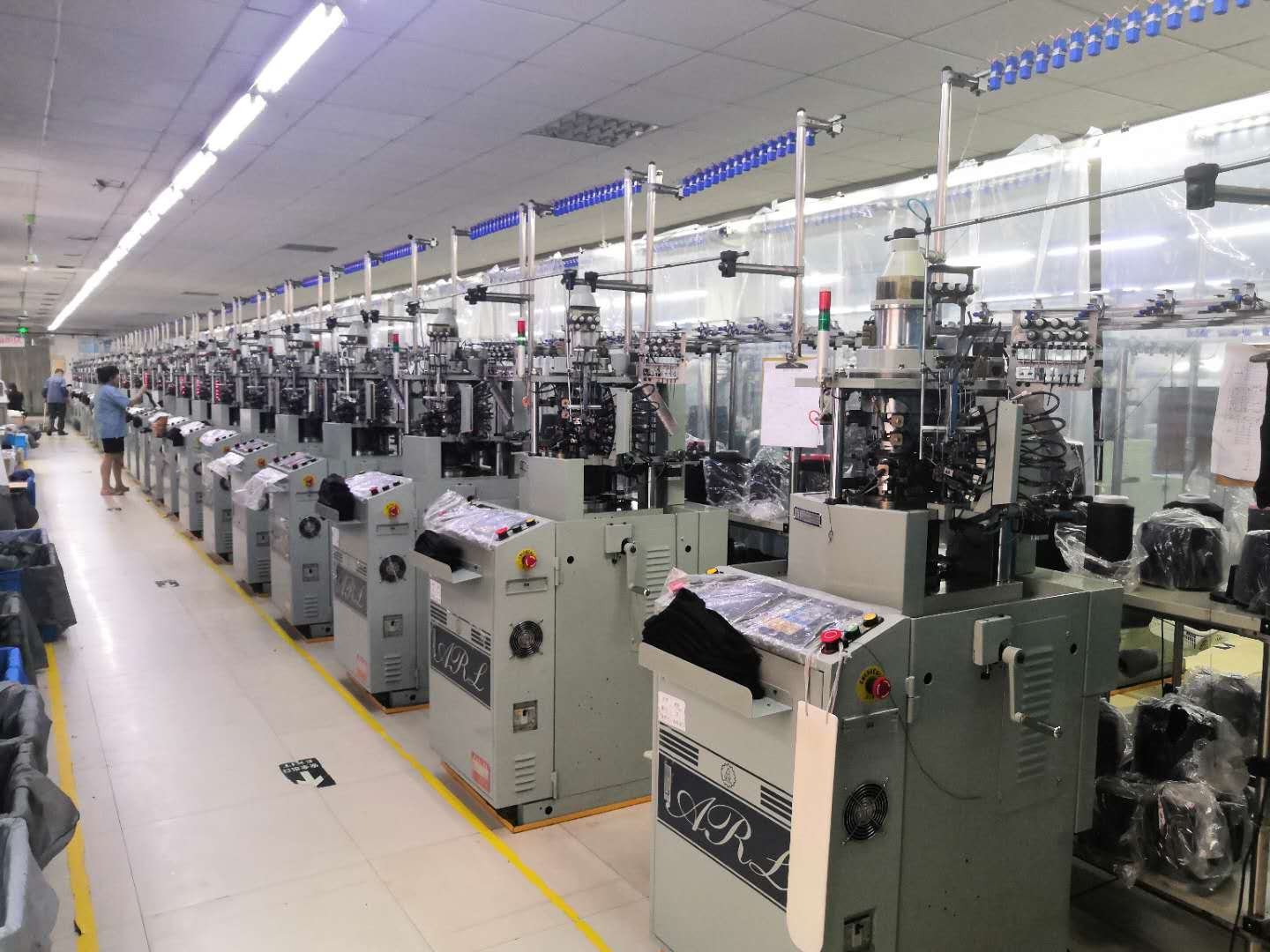Table of Contents
An in-depth guide for brand owners and wholesalers to optimize sock production equipment.
Introduction
The choice of machinery in sock production is crucial in determining the performance, quality, and market reception of the final product. For brand owners and wholesalers, understanding the characteristics and applications of different types of sock machines is key to enhancing production efficiency, maintaining product quality, and adapting to market demands.
One essential technical parameter of sock machines is the needle count, which determines the fineness of the fabric and the detail of the patterns—much like the “pixels” of an image. A higher needle count produces finer fabrics and more intricate patterns. Selecting the right sock machine is not only about improving productivity but also about ensuring competitiveness in diverse markets.
This article provides a detailed analysis of various sock machines to help brand owners and wholesalers better understand the relationship between different types of machines and their products. The goal is to make informed decisions about production equipment in response to complex market demands.
Types of Sock Machines
1. Circular Knitting Machines
-
- Definition: Circular knitting machines use cylindrical needle beds for knitting and are the most common type of sock machines.
-
- Applications: Widely used for producing standard socks, sports socks, and functional socks, these machines are ideal for large-scale production with high efficiency to meet mass-market demands.
Circular machines are divided into single-cylinder and double-cylinder types:
-
- Single-cylinder machines are further classified into fine gauge and coarse gauge, with the following subcategories:
-
- Plain fine gauge: Needle counts include 96N, 108N, 120N, 144N, 168N, 176N,188N, 200N, 220N, 240N. Common counts are 120N, 144N, 168N and 200N.
-
- Terry fine gauge: Common counts are 96N, 108N, 120N, 132N, 144N, 168N,176N and 200N, Common counts are 108N, 132N, 144N. with options for regular. (PS:Arbitrary terry designs machine 144N, 168N, 200N.)
-
- Single-cylinder machines are further classified into fine gauge and coarse gauge, with the following subcategories:
-
- Double-cylinder machines are divided into:
-
- Fine gauge plain (120N, 144N, 168N.) and Terry.(Have not appeared now.)
-
- Coarse gauge plain(56N, 84N,96N.) and Terry. (84N, 96N.)
-
- Double-cylinder machines are divided into:
2. Flat Knitting Machines
-
- Definition: These machines use a flat needle bed to produce intricate patterns and structures.
-
- Applications: Commonly used for sports shoe uppers, mesh designs, and high-value-added socks, flat knitting machines are ideal for customers seeking unique designs and high customization.
Analysis of Circular Machine Types and Their Products
1. Open Toe Machines
Single-Cylinder Machines:
-
- Fine Gauge:
-
- Applications: Business socks, thin socks, sports socks, and custom logo socks.
-
- Features: Produces delicate fabrics with clear patterns, ideal for high-end customers valuing texture and detail.
-
- Limitations: Not suitable for thick socks, primarily used for thin designs.
-
- Fine Gauge:
-
- Coarse Gauge:
-
- Applications: Thick winter socks, casual socks.
-
- Features: Provides warmth and durability, catering to cold climates and rugged use.
-
- Limitations: Coarse textures with less intricate pattern capability.
-
- Coarse Gauge:
Terry Machines:
-
- Regular Terry:
-
- Applications: Sports socks, yoga socks, home socks.
-
- Features: Enhanced sweat absorption and anti-slip properties, perfect for intense activity and prolonged wear.
-
- Limitations: Limited design flexibility, suitable for standard terry sock production.
-
- Regular Terry:
-
- Arbitrary Terry:
-
- Applications: High-end sports socks and professional basketball socks.
-
- Features: Customizable terry areas for improved fit and comfort, catering to niche markets.
-
- Limitations: Higher production costs due to complexity.
-
- Arbitrary Terry:
Double-Cylinder Machines:
-
- Fine Gauge:
-
- Applications: Premium business socks.
-
- Features: Same inside-out construction for superior comfort.
-
- Limitations: Slower production speed and limited styles.
-
- Fine Gauge:
- Coarse Gauge:
-
- Applications: Thick casual socks, Cityboy style.
-
- Features: Rugged aesthetics for fashion-forward designs.
-
- Limitations: Not suitable for intricate patterns.
******Key Difference Between Double-Cylinder and Single-Cylinder Machines******
The primary distinction between double-cylinder machines and single-cylinder machines lies in their design and capabilities, particularly in pattern production and internal structure. In single-cylinder machines, jacquard designs (patterns) result in loose threads inside the sock. These loose threads are a natural byproduct of the machine’s design, where yarns are carried across the internal surface to create intricate patterns on the outer surface. This can sometimes cause issues such as reduced comfort or snags during wear.
In contrast, double-cylinder machines produce socks with a seamless interior and exterior. This is achieved by knitting on two separate cylinders, ensuring that the inner surface mirrors the outer one, eliminating loose threads entirely. However, the capability of double-cylinder machines to produce jacquard patterns is limited. For double-cylinder jacquard designs, the machine must use a double-cylinder double-feed mechanism, which adds complexity to the knitting process. Even with this setup, the color options for patterns are usually more limited compared to single-cylinder jacquard production.
Additionally, single-cylinder machines cut the yarn on the interior after completing a jacquard pattern, creating a cleaner appearance. In double-cylinder machines with double-feed jacquard capabilities, the yarn is not cut internally, leaving the interior intact. For more detailed visual insights into these differences, refer to accompanying photos.
2. Integrated Machines:
-
- Features: Produce seamless socks, eliminating the need for manual stitching, enhancing comfort and quality.
-
- Limitations: Slower production and higher costs, suitable for high-end markets.
Comparison of Sock Machines
| Machine Type | Target Market | Advantages | Limitations | Typical Products |
| Single-cylinder fine | Business, sports | Fine texture, high efficiency | Unsuitable for thick socks | High-density business socks, sports socks |
| Single-cylinder coarse | Winter, casual | Warmth, low cost | Basic patterning | Thick socks, winter socks |
| Regular terry | Sports, home | Sweat absorption, anti-slip | Limited design options | Yoga socks, home socks |
| Arbitrary terry | Professional sports | Flexible design, high functionality | High production cost | Basketball socks |
| Double-cylinder fine | Premium business | Superior comfort, unique construction | Slow speed | High-end business socks |
| Flat knitting | Customization | Flexible designs, high value | Costly equipment | Shoe uppers, mesh socks |
Choosing the Right Sock Machine
-
Business Needs:
Single-cylinder fine machines are ideal for premium business markets, offering fine textures and clear patterns.
-
Sports Needs:
Terry machines, particularly arbitrary terry, excel in producing sweat-absorbing, anti-slip socks for sports brands.
-
High-End Customization:
Flat knitting machines suit brands aiming for unique designs with high value-added features.
-
Winter Markets:
Double-cylinder coarse machines are best for warm, thick socks catering to winter demands.
Conclusion
The selection of sock machines impacts not only production efficiency but also product quality and market adaptability. By understanding the features of various sock machines, you can meet customer demands while optimizing production costs and adding value.
Special Machines and Their Applications
Special machines are developed to address specific customer design requirements and often cater to unique market demands. Examples of such machines include:
Circular Machines for Sports Shoe Uppers: Ideal for handling unique designs for sports shoe uppers, providing flexible and precise customization options for high-end sports brands.
Transfer Machines (Large Mesh Designs): Specifically designed for producing socks with large mesh structures, offering excellent breathability and lightweight features for sports and summer markets.
Large-Diameter Machines (e.g., 4.5 inches): Unlike the standard 3.5-inch or 3.75-inch machines, large-diameter machines are tailored for plus-size customers, providing extra room and comfort.
Double-Feed Machines: Engineered to eliminate internal loose threads, enhancing the comfort and aesthetic appeal of socks, making them ideal for high-end customized markets.
Although not considered standard, these machines provide significant advantages in meeting specific client needs and developing high-value-added products.
Investing in the right equipment for your market needs will enhance your brand’s competitiveness, improve customer satisfaction, and ensure long-term profitability.


